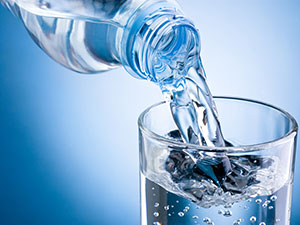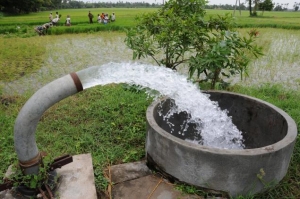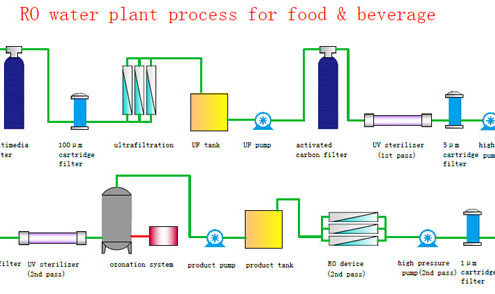
Why to Test Water?
Testing the water quality on a regular basis is an important part of maintaining a safe and reliable source. The test results allow you to properly address the specific problems of a water supply. This will help ensure that the water source is being properly protected from potential contamination, and that appropriate treatment is selected and operating properly.
It is important to test the suitability of your water quality for its intended use, whether it could be livestock watering, chemical spraying or drinking water. This will assist you in making informed decisions about your water and how you use it.
Physical Parameters
- Odour
- Taste
- Turbidity
- Electrical Conductivity
- Colour
- Residual Free Chlorine
- Total Solids
- Total Acidity as CaCO3
- Free Carbon dioxide as CO2
- pH at 25°C
Chemical Parameters
- Total Acidity as CaCO3
- Free Carbon dioxide as CO2
- Total Alkalinity as CaCO3
- Chloride as Cl-
- Total Hardness as CaCO3
- Calcium as Ca
- Magnesium as Mg
- Total Dissolved Solids
- Total Suspended Solids
- Nitrate as NO3
- Nitrite as NO2
- Sulphate as SO42-
- Fluoride as F
- Sulfide as S
- Phosphorous as P
- Hexavalent Chromium
- Ammonia (as total ammonia-N)
- Silica as SiO2
- Phenolic compounds
Heavy Metal Analysis
- Antimony
- Boron
- Copper
- Iron
- Manganese
- Zinc
- Aluminium
- Mercury
- Cadmium
- Arsenic
- Lead
- Chromium
- Nickel
- Silver
Pesticide Residue Analysis
- Alpha HCH
- Beta HCH
- Lindane
- Delta HCH
- Aldrin
- 2,4-DDE
- Alpha Endosulfan
- 4,4-DDE
- Dieldrin
- 2,4-DDD
- Beta Endosulfan
- 4,4-DDD
- 2,4-DDT
- Endosulfan
- sulphate
- 4,4-DDT
PAH’s & PCB’S
Poly Aromatic Hydrocarbons (PAH’s)
- Acenaphthalene
- Flourene
- Phenanthrene
- Anthracene
- Pyrene
- Benzo(a)anthracene
- Chrysene
- Benzo(b)fluoranthene
- Benzo(k)fluoranthene
- Benzo(a)pyrene
- Dibenz(a,h)anthracene
- Benzo(g,h,i)perylene
- Indeno(1,2,3-CD)pyrene
Polychlorinated Biphenyls (PCB’s)
- 2-Chlorobiphenyl
- 2,3-Dichlorobiphenyl
- 2,4,5-Trichlorobiphenyl
- 2,2′,4,4′-Tetrachlorobiphenyl
- 2,2’3′,4,6-Pentachlorobiphenyl
- 2,2′,4,4′,5,6-Hexachlorobiphenyl
- 2,2′,3,3′,4,4′,6-Heptachlorobiphenyl
- 2,2′,3,3′,4,5,6,6′-Octachlorobiphenyl









